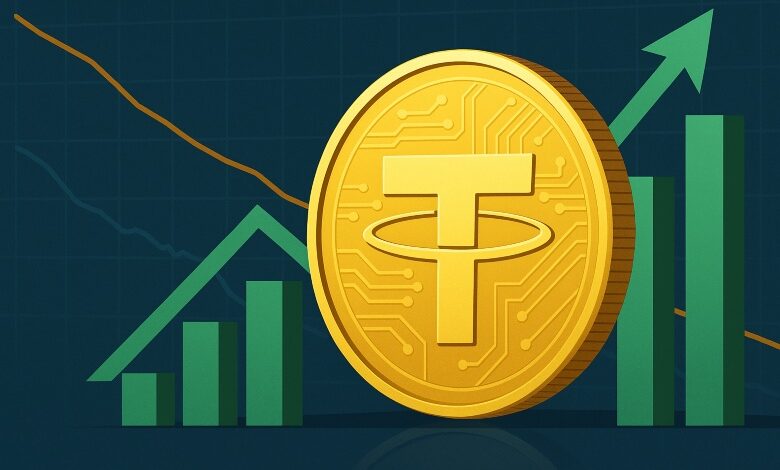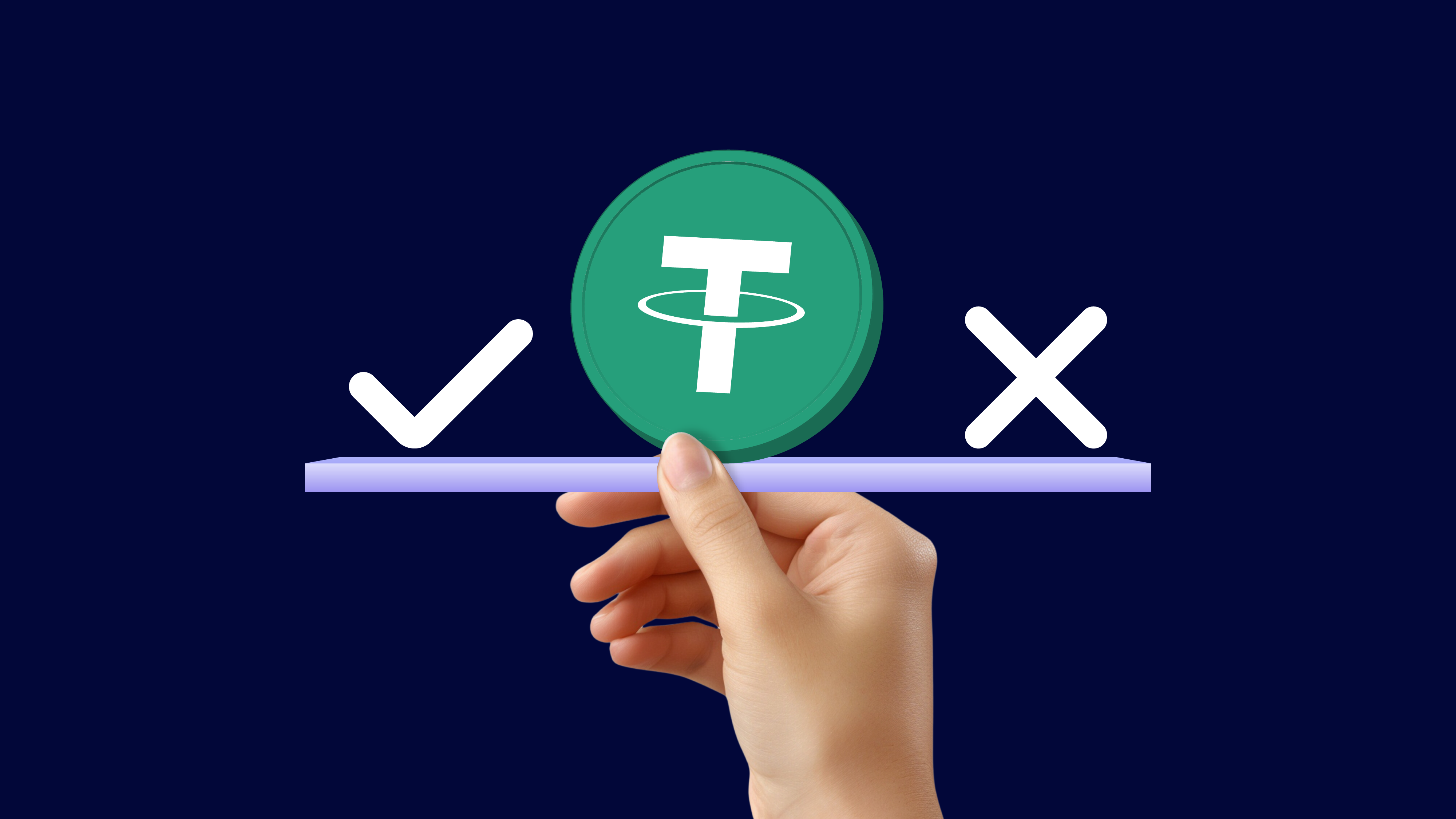A South Korean government official recently stated that 10% of local trade transactions are completed using stablecoins. Particularly in international wholesale markets like the Dongdaemun Market, more and more merchants are accepting USDT payments, highlighting that stablecoins are subtly changing the payment landscape of international trade. It is foreseeable that, in the near future, stablecoins could become a mainstream part of the global payment ecosystem, much like Alipay.
Currently, international trade is mostly settled in U.S. dollars, but issues such as volatility, long settlement periods, and high transaction fees have led stablecoins to “disrupt” the dollar’s dominance.
The advantage of stablecoin payments lies in the fact that cross-border payments typically take 1 to 3 business days to settle, whereas stablecoin payments are “instant” and do not require banks or intermediaries, significantly reducing transaction fees. Moreover, even without a bank account, anyone with a digital wallet can participate in international trade, sparking a revolution in payment methods.
According to the Korean Economic Daily, South Korea’s “Foreign Exchange Transaction Act” imposes strict regulations on foreign exchange transactions, which is why stablecoin transactions are becoming increasingly advantageous in trade dealings. Not just in South Korea, but globally, the demand for stablecoins is growing at an astonishing rate, according to third-party data.
In Latin America, demand for stablecoins accounts for 30%-40%, especially in high-inflation countries where stablecoins serve as a “lifeline” for ordinary people. In Asia, the demand accounts for 25%-30%, with South Korea and Southeast Asia being hot spots. In Europe and the U.S., demand is around 0%-20%, while Africa accounts for 10%-15%, and the Middle East for 5%-10%.
USDT has become the central stablecoin mainly due to its largest market cap, its 1:1 peg to the U.S. dollar, and the blockchain technology that guarantees transaction transparency and immutability.
With the advancement of technology and the increasing openness of more countries, stablecoins are expected to spark a wave of payment revolution and become mainstream in global payments.






